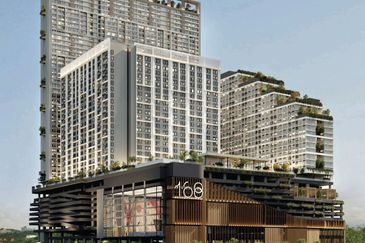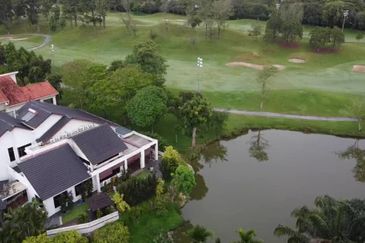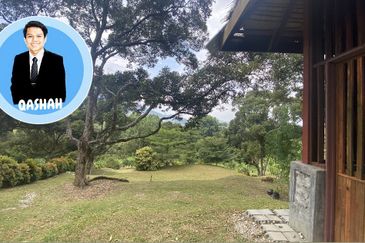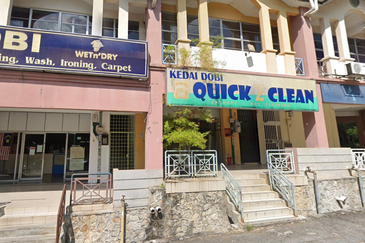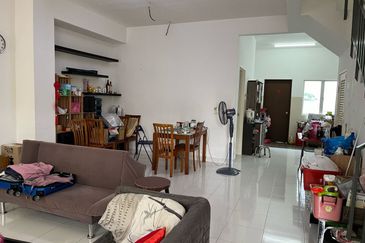KUCHING (Oct 3): The nation-wide tree planting campaign to set up green urban pockets will be extended to cities in Sarawak and other states, especially planting of more suitable indigenous species with economic value, Natural Resources and Environment Minister Datuk Seri Douglas Uggah said on Wednesday.
He said the campaign, which was started in June 2010, had successfully planted a total of 28.8 million trees throughout the country so far, surpassing its target of 26 million trees by 2014.
The 26 million trees represent the estimated 26 million population of the country, targeting a 1:1 tree to citizen ratio and some 200,000 tonnes of carbon dioxide to be absorbed due to the trees planted.
"More initiatives can be carried out especially, in encouraging the planting of more suitable local indigenous species, instead of depending on landscape or ornamental plants in urban areas as urban forests and parks need to be managed just as natural forests since they too are our valuable heritage," he said at the opening of the Urban Frestry Conference 2012 themed "Forests and Parks: Communicating Messages of Sustainability," jointly organised by Forest Research Institute Malaysia (Frim), Kuching North City Hall (DBKU) and Sarawak Forestry Corporation (SFC).
The text of his speech was read by the ministry's Deputy Secretary-General Datuk Dr Mohd Ali Mohamad Nor.
Uggah said the campaign was in line with the government's efforts to ensure that at least 50 percent of the country had forest cover in accordance with Malaysia's committment made at the Earth Summit in Rio de Janeiro, Brazil in 1992."
He said there were various examples of urban parks existing in Malaysia that were commendable, including the Reservoir Park managed by DBKU and Sama Jaya Nature Reserve by SFC in Kuching besides Bukit Nanas Forest Reserve in Kuala Lumpur by Forestry Department Peninsular Malaysia, Frim's campus in Kepong by Frim and Putrajaya Botanical Gardens by Putrajaya Corporation.
He said green urban pockets helped to make better damages caused by rapid development in cities, including improving the microclimatic conditions, soil conditions, biodiversity of urban flora and hydroligical cycles as well as providing recreational and leisure options, particularly for the lower income population.
Earlier, Frim director-general Datuk Dr Abdul Latif Mohmod would conduct a study on the management of urban green areas by the local authorities with the aim to better understand the issues, challenges and limitation faced by them in managing urban green resources.
At present there was a total of 151 local governments, with 12 having city status, 38 towns, 94 rural areas and seven special areas, which was not an easy task for Frim to help all of the them, he said, thus, the extension of services was needed to incorporate training to reach more people, such as the ongoing conference. — Bernama
TOP PICKS BY EDGEPROP
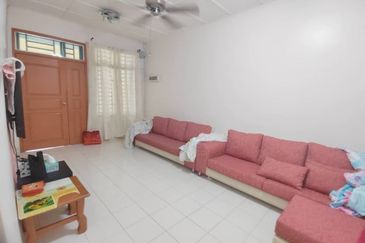
Taman Bukit Indah @ Iskandar Puteri
Johor Bahru, Johor
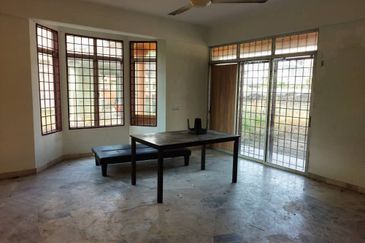
Taman Tasik Semenyih (Lake Residence)
Semenyih, Selangor

Razak City Residences
Salak Selatan, Kuala Lumpur

Taman Tasik Semenyih (Lake Residence)
Semenyih, Selangor

Suadamai, Bandar Tun Hussein Onn
Cheras, Selangor

Suadamai, Bandar Tun Hussein Onn
Cheras, Selangor
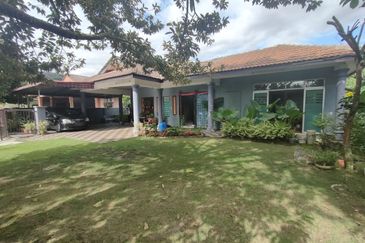
Taman Tasik Semenyih (Lake Residence)
Semenyih, Selangor
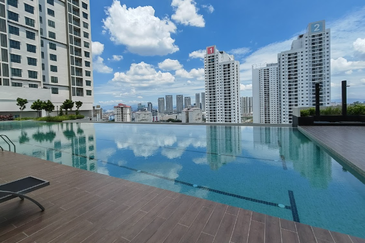
Residensi Bintang Bukit Jalil
Bukit Jalil, Kuala Lumpur



